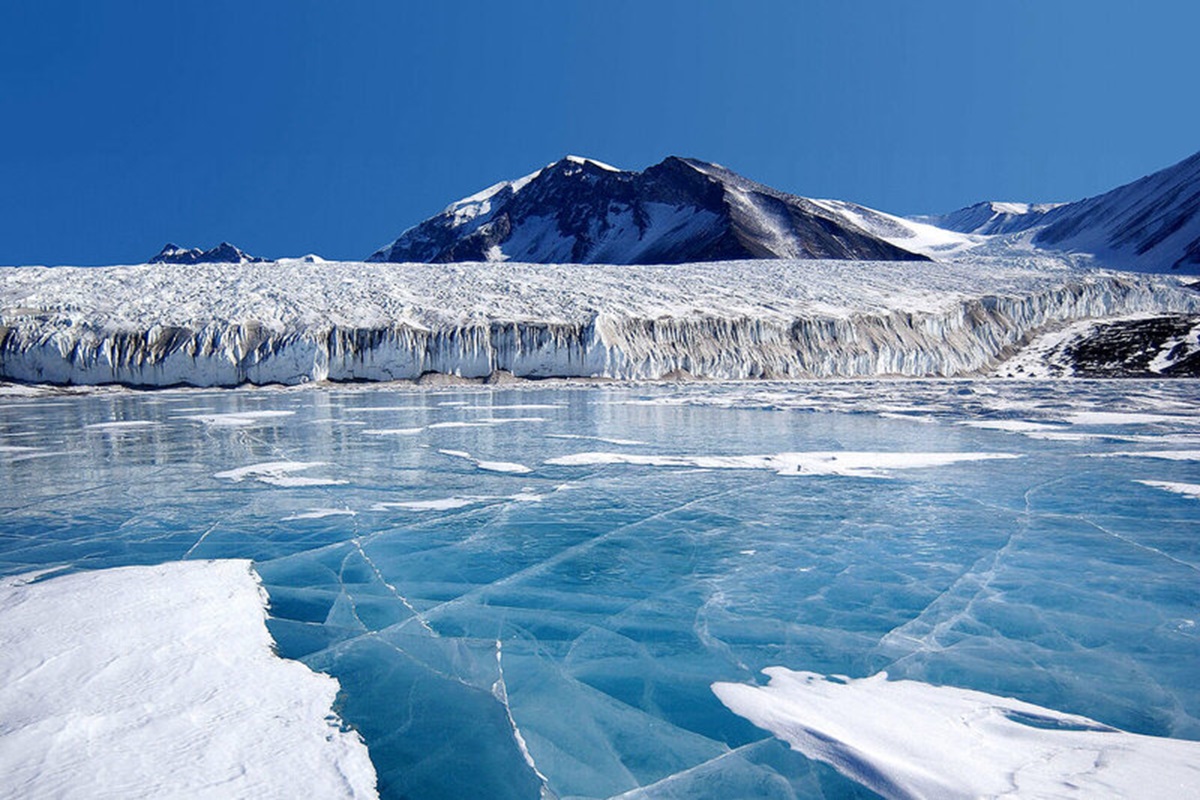Scientists conducting research in Antarctica stumbled upon a peculiar discovery when they heard a strange noise emanating from the icy terrain. This unexpected finding diverted their attention from their original research topics. Antarctica, a vast region covered in ice, encompasses an area 40 percent larger than Europe, spanning approximately 1.36 million square kilometers. The extreme weather conditions in Antarctica pose significant challenges to researchers, limiting the extent of scientific exploration in this remote and icy landscape.

The icy expanse of Antarctica, with some areas boasting ice depths exceeding 4.7 kilometers, presents a formidable environment for scientific inquiry. Despite the risks involved, scientists have ventured into this icy realm in pursuit of knowledge and discovery. In 2016, a satellite detected a pyramid-like structure in Antarctica, surrounded by formations resembling the pyramids of Egypt, sparking speculation about the possibility of ancient civilizations inhabiting the region.
The presence of such structures raised intriguing questions about the history of Antarctica and the potential existence of ancient settlements within its icy confines. Scientists embarked on drilling expeditions to uncover the mysteries hidden beneath the layers of ice, revealing astonishing findings that shed light on Antarctica’s ancient past. Surprisingly, evidence suggested that thousands of years ago, Antarctica was teeming with life, with vegetation and trees dotting its landscape.
However, over time, these verdant landscapes succumbed to the encroaching ice, burying the remnants of ancient life under layers of snow and ice. Recent investigations employing specialized sensors deployed in the ice revealed peculiar sounds emanating from within, indicating phenomena yet to be fully understood by scientists. These enigmatic sounds, characterized by wavelengths that are barely perceptible to the human ear, piqued the curiosity of researchers, prompting further investigations into the mysteries lurking beneath Antarctica’s icy surface.
Moreover, ongoing research endeavors seek to assess the strength and stability of Antarctica’s ice, as the concept of ice dynamics evolves over time. By delving deeper into the secrets hidden beneath Antarctica’s icy exterior, scientists aim to unravel the mysteries of this remote and enigmatic continent, offering insights into its ancient past and the forces shaping its icy landscape.








